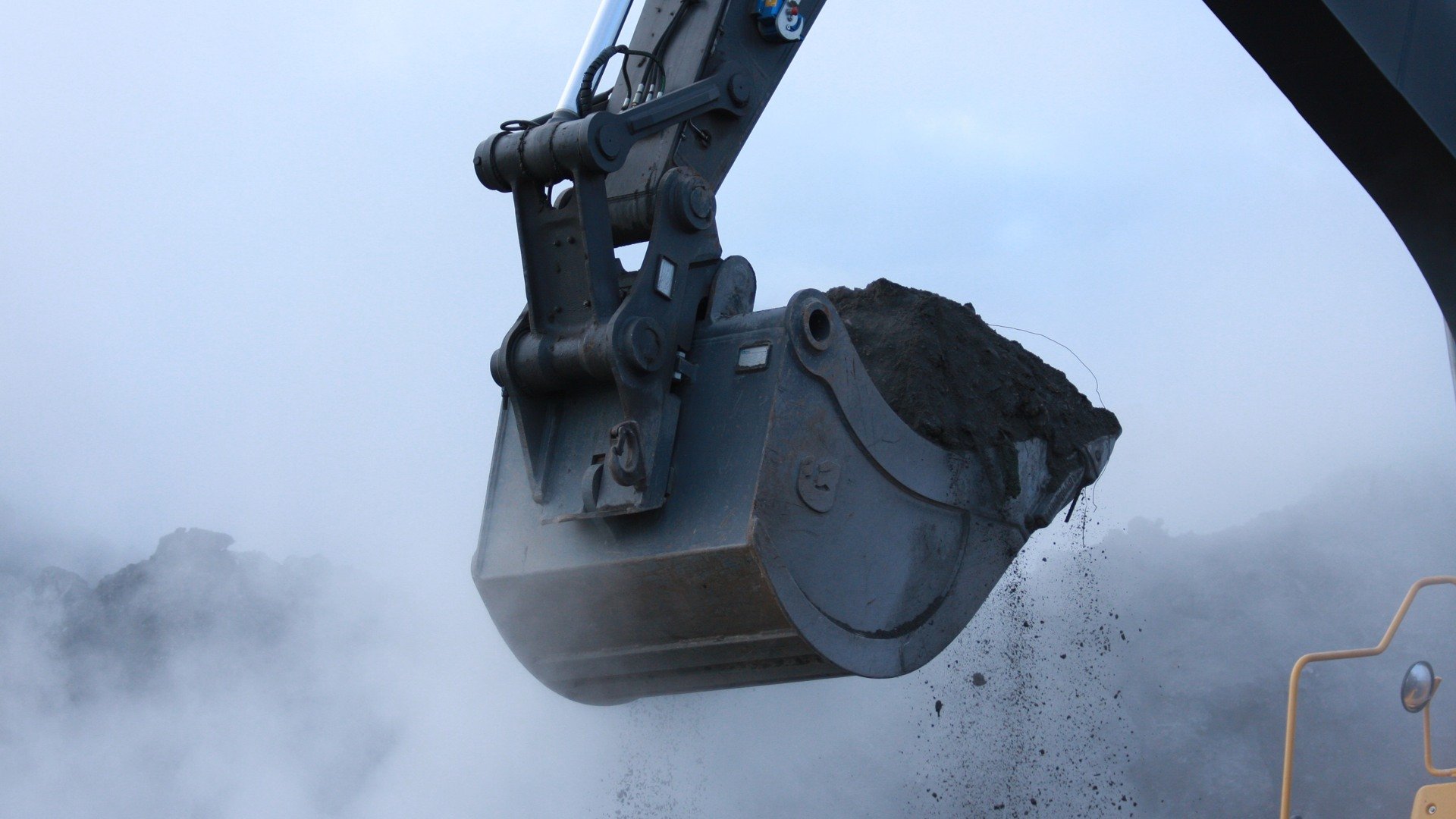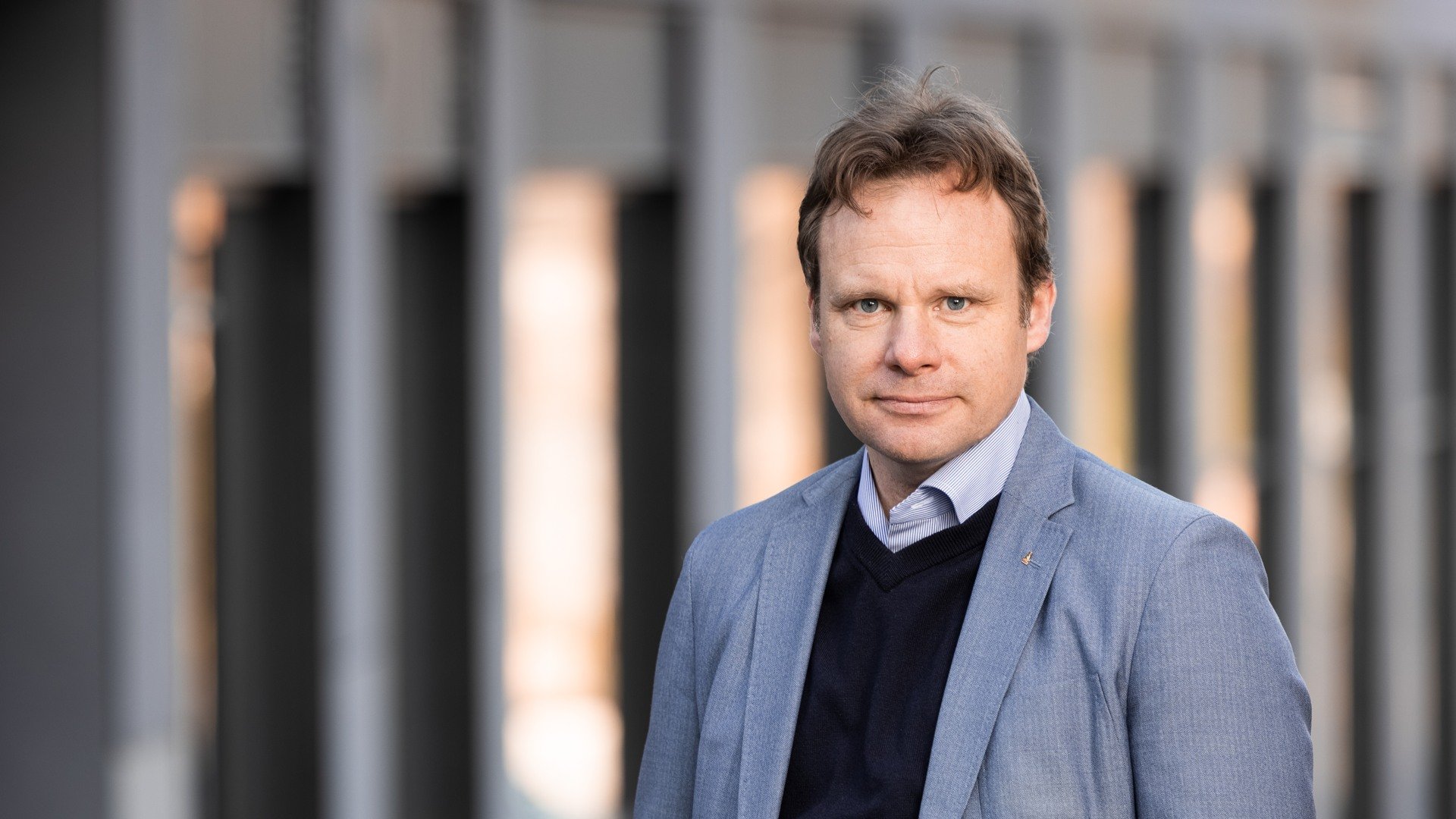
The polluter has to start paying
Today, it is cheaper to extract new raw materials from the Earth than to use recycled materials. This creates an advantage for extracting virgin materials, making it hard for recycled materials to compete - a huge barrier for the transition to a circular economy. If the polluter must pay the actual cost for polluting, circular solutions will become more attractive.
16 Jan 2024- The pricing of raw materials and emissions is highly flawed. This is one of the biggest obstacles for the transition to a circular economy, because it makes it very difficult for recycled materials to compete with virgin materials, says Anders Kihl, Director of Strategy and R&D at Ragn-Sells Group.
Today, virgin materials do not fully bear the cost they cause through extraction and processing. Even though the continued extraction of new raw materials is responsible for half of the world’s climate emissions, there is no cost to producers associated with this practice.
The fact that the actual price of a product is not reflected in its market value means that producers actually benefit from contributing to the harmful extraction of virgin materials, instead of circularity. Markets have gotten used to this pricing model and optimised all processes for profitability under these conditions. This is an incredibly effective obstacle to the transition to a circular economy.
- In today’s dysfunctional system, producers are able to manufacture and sell products that are impossible to recycle – or worse – cause pollution further down the chain. And still make a huge profit! They simply pass the bill to someone else. It is time for the polluter to start paying, says Anders Kihl.

Anders Kihl, Director of Strategy and R&D at Ragn-Sells Group.
One obvious example of this is the use of PFAS, a large group of synthetic substances with a wide range of use in society. Research increasingly indicates that PFAS substances are detrimental to our health and that they accumulate in the environment. The main problem is that it is cheap for producers to add PFAS to products, but the producers do not bear the much higher cost of detoxifying the environment from PFAS.
Instead of the polluter, it is the public who is forced to pay for significantly more expensive waste management, or for decontamination, when local levels of PFAS go dangerously high. Contaminated waste streams also make recycled materials more expensive, which again leads the industry to use virgin materials, slowing down the transition to a circular society. This has to change.
It is time for the polluter to start paying the actual cost. This will steer development towards circularity and away from wastefulness in a more efficient way than legislation because it will make it profitable to economies valuable resources and to design products intended to be recycled. Only then will we close in on the actual goal: reducing the extraction of virgin materials.
- If producers could save money by making sure that their products are free from harmful substances, and that it is possible to manage them in a circular way once they are no longer wanted, change would come, say Anders.
